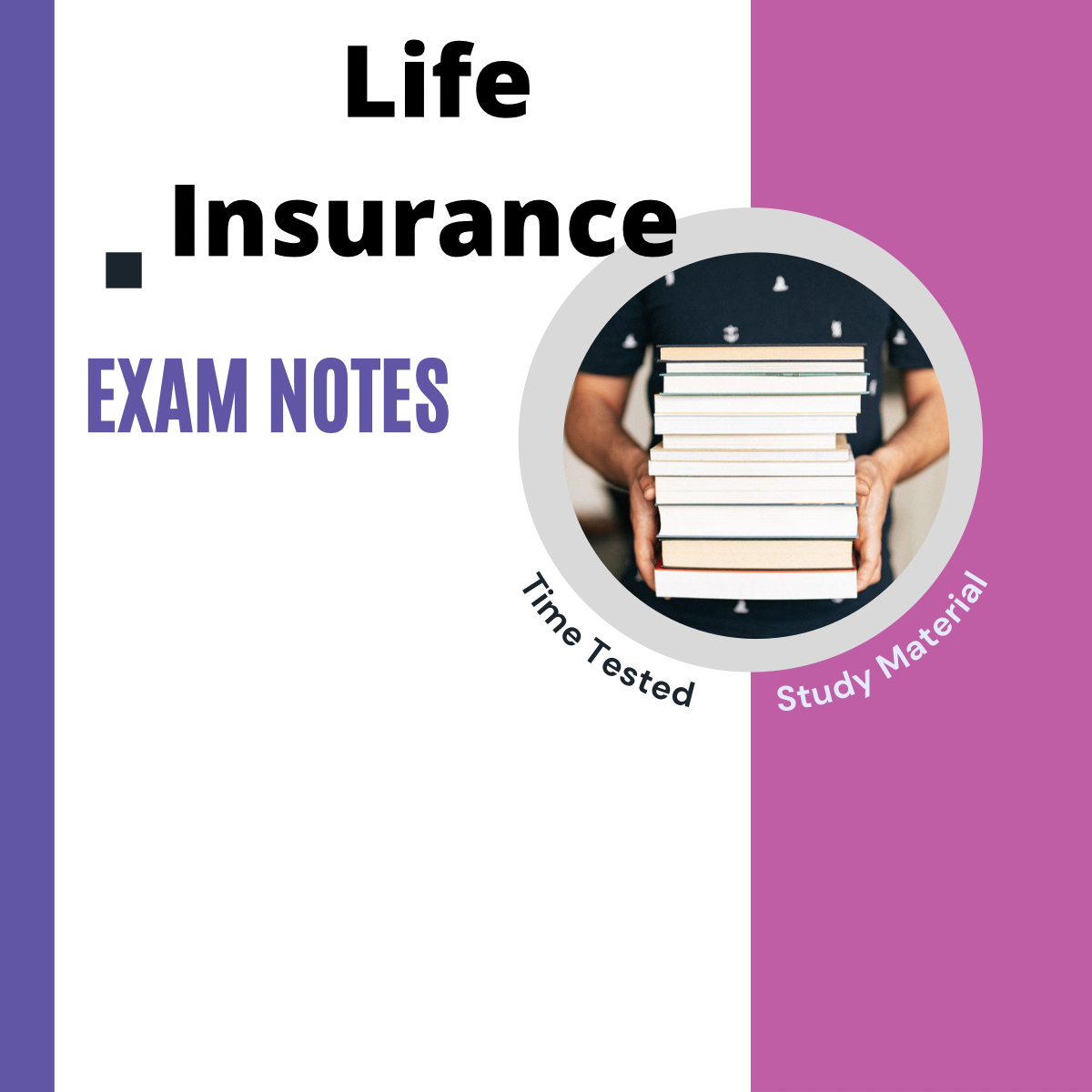The Facts About Pacific Prime Uncovered
The Facts About Pacific Prime Uncovered
Blog Article
Pacific Prime Things To Know Before You Get This
Table of ContentsWhat Does Pacific Prime Do?The 6-Minute Rule for Pacific PrimeFascination About Pacific PrimeWhat Does Pacific Prime Do?Fascination About Pacific Prime

This is since the data were accumulated for a period of solid economic efficiency. Of the estimated 42 million individuals who were without insurance, almost concerning 420,000 (regarding 1 percent) were under 65 years of age, the age at which most Americans become eligible for Medicare; 32 million were grownups in between ages 18 and 65, about 19 percent of all grownups in this age; and 10 million were children under 18 years old, concerning 13.9 percent of all youngsters (Mills, 2000).
These quotes of the variety of persons without insurance are produced from the yearly March Supplement to the Current Populace Survey (CPS), performed by the Census Bureau. Unless otherwise noted, nationwide estimates of people without medical insurance and percentages of the population with different type of coverage are based on the CPS, the most extensively used source of price quotes of insurance coverage and uninsurance prices.
The Definitive Guide to Pacific Prime

Still, the CPS is especially useful because it generates yearly estimates relatively quickly, reporting the previous year's insurance policy protection estimates each September, and because it is the basis for a regular collection of quotes for more than 20 years, permitting evaluation of patterns in protection in time. For these reasons, along with the comprehensive use of the CPS in various other research studies of insurance protection that exist in this report, we rely on CPS price quotes, with restrictions noted.

The quote of the number of without insurance people increases when a populace's insurance policy standing is tracked for a number of years. Over a three-year duration beginning early in 1993, 72 million individuals, 29 percent of the U.S. https://visual.ly/users/pacificpr1me/portfolio. populace, were without protection for a minimum of one month. Within a single year (1994 ), 53 million individuals experienced at least a month without insurance coverage (Bennefield, 1998a)
6 out of every ten uninsured grownups are themselves utilized. Although working does improve the chance that a person and one's member of the family will have insurance coverage, it is not an assurance. Also members of family members with two permanent wage earners have almost a one-in-ten possibility of being visit the website without insurance (9.1 percent uninsured price) (Hoffman and Pohl, 2000).
The Basic Principles Of Pacific Prime
New immigrants represent a considerable percentage of people without medical insurance. One evaluation has associated a substantial section of the current development in the size of the U.S. uninsured population to immigrants who showed up in the nation in between 1994 and 1998 (Camarota and Edwards, 2000). Current immigrants (those that concerned the USA within the previous 4 years) do have a high price of being without insurance (46 percent), yet they and their children account for just 6 percent of those without insurance coverage across the country (Holahan et al., 2001).
The partnership in between medical insurance and access to care is well established, as recorded later on in this phase. Although the partnership in between medical insurance and wellness end results is neither straight neither basic, an extensive medical and health services study literary works web links medical insurance coverage to improved access to care, better quality, and improved individual and populace health and wellness condition.
Levels of analysis for examining the impacts of uninsurance. It concentrates specifically on those without any kind of health insurance policy for any length of time.
Little Known Questions About Pacific Prime.
The problems encountered by the underinsured are in some aspects similar to those encountered by the without insurance, although they are typically less serious. Health and wellness insurance policy, nonetheless, is neither necessary neither adequate to gain accessibility to medical solutions. The independent and direct result of health and wellness insurance policy coverage on accessibility to health and wellness solutions is well established.
Others will certainly acquire the healthcare they need also without medical insurance, by spending for it out of pocket or seeking it from companies that use care cost-free or at very subsidized rates. For still others, wellness insurance alone does not make certain receipt of care due to other nonfinancial obstacles, such as a lack of healthcare suppliers in their community, restricted access to transportation, illiteracy, or etymological and cultural distinctions.
Things about Pacific Prime
Official study about without insurance populaces in the USA dates to the late 1920s and very early 1930s when the Board on the Cost of Healthcare generated a series of reports about financing physician office brows through and hospitalizations. This issue became salient as the numbers of medically indigent climbed during the Great Anxiety.
Report this page